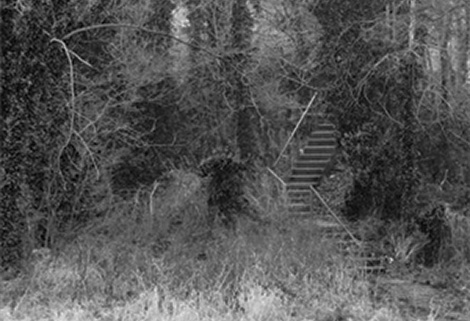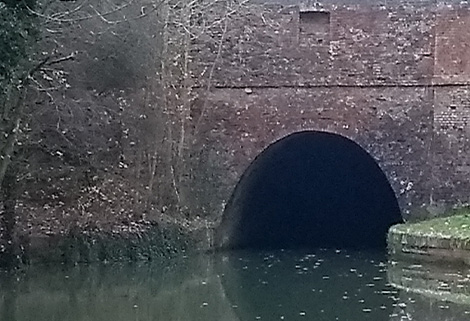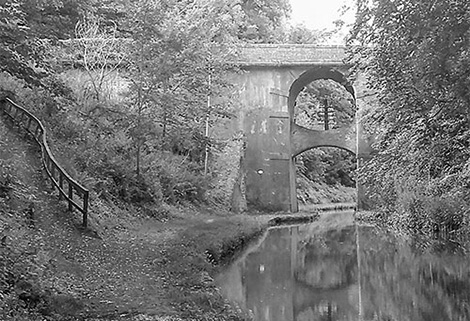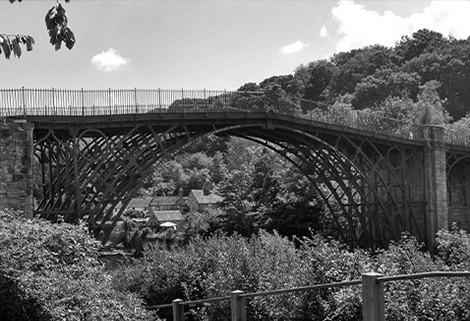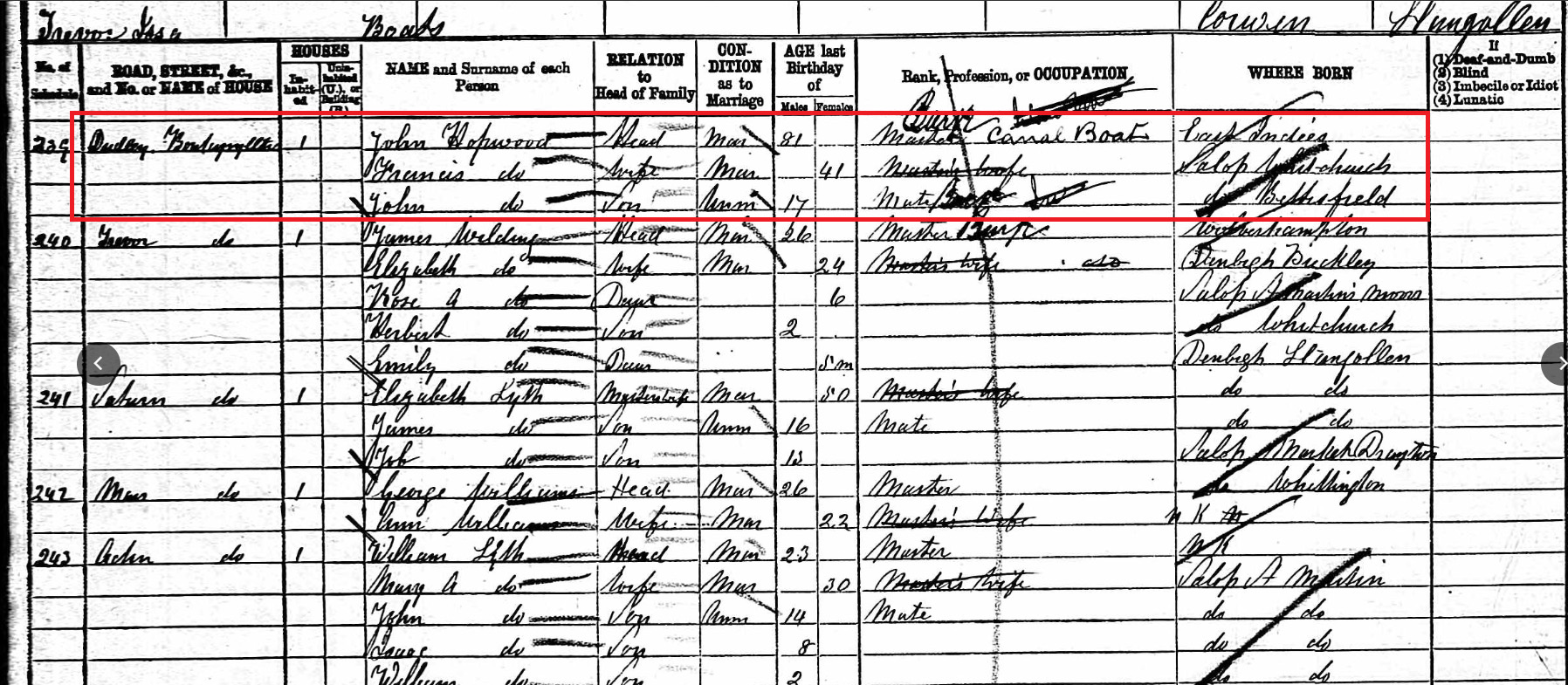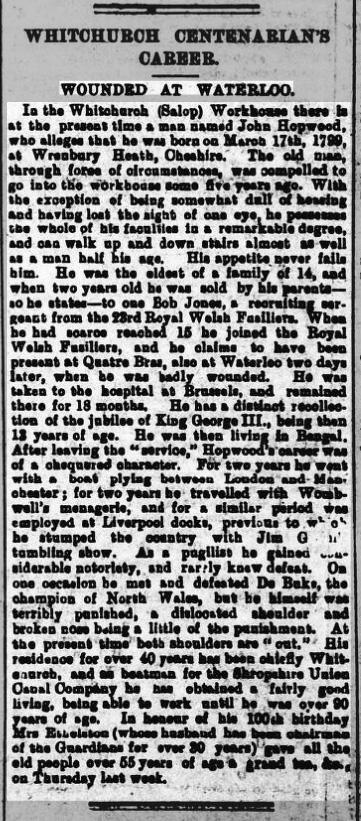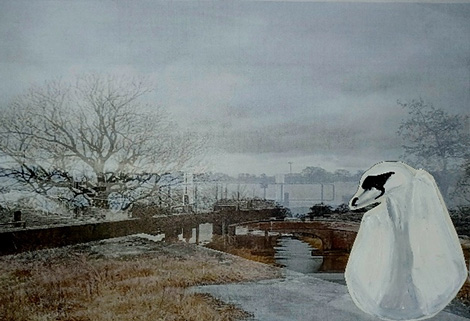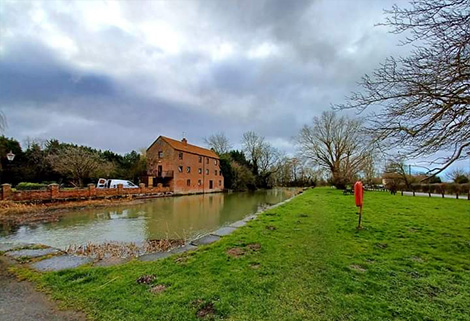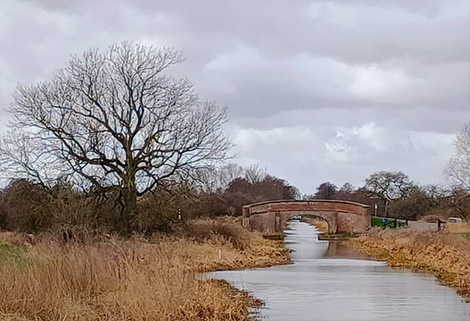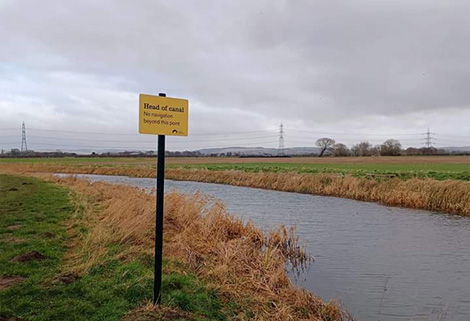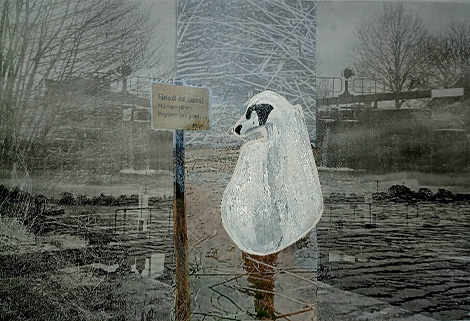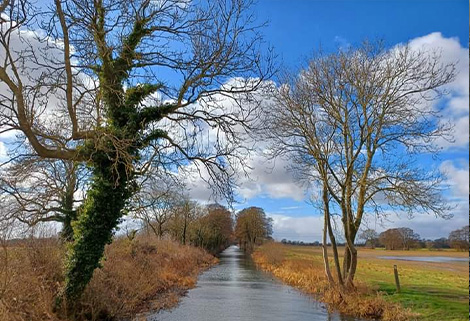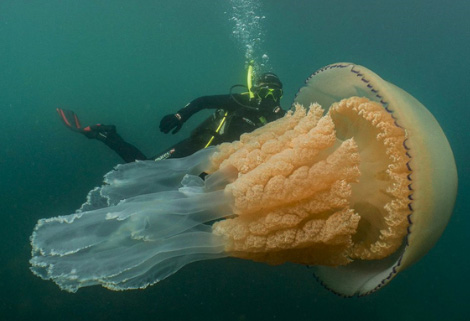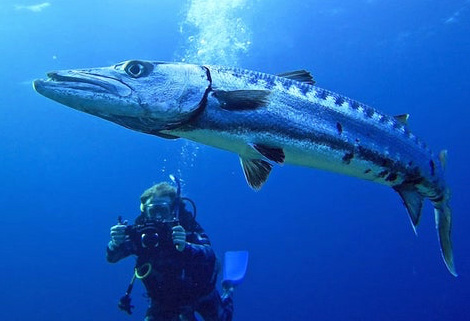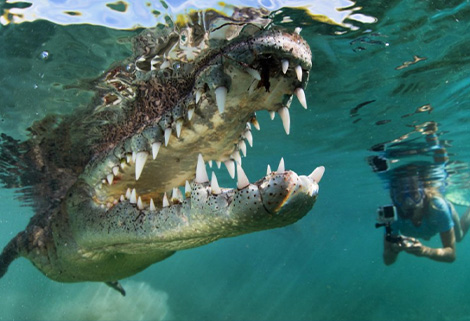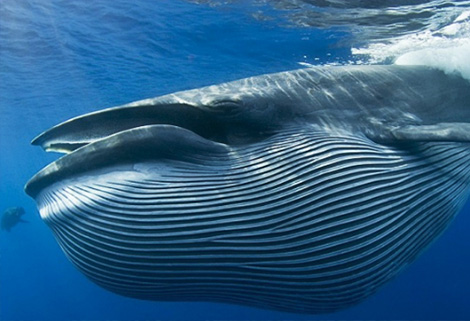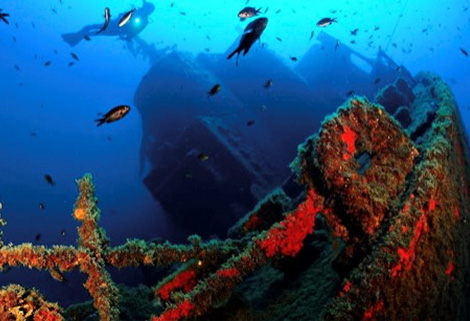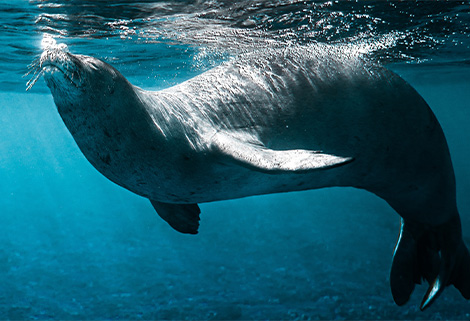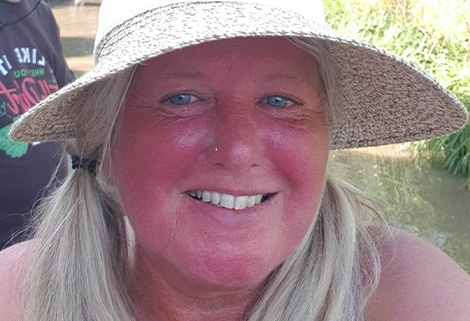the royal exchange
kinver
Although the Royal Exchange in Kinver can't really be classed as a canal side pub, you will find it's well worth the walk from the visitor moorings. There are different routes, including a well trodden path from Hyde Lock, and a steady uphill climb from the moorings at Whittington Horse Bridge. Walking from Kinver Lock through the village takes about 15 minutes but it's also a good excuse for taking in what else the village has to offer. Whichever way you go, you are bound to receive a warm welcome at the Royal Exchange.
Local villagers would say that, in the last year or so, the Royal Exchange has changed almost beyond recognition. This has to be entirely due to the enthusiasm, experience and sheer hard work of the current landlady, Debbie Burns and her partner Ben Hardcastle. So much so, that in July this year, Debbie received the coveted first prize in the pub chains The Sports Incentive Scheme, beating all other Marstons pubs nationwide, earning herself the grand prize of £500. Debbie and Ben also came second in the Best Kept Frontage in Kinver.
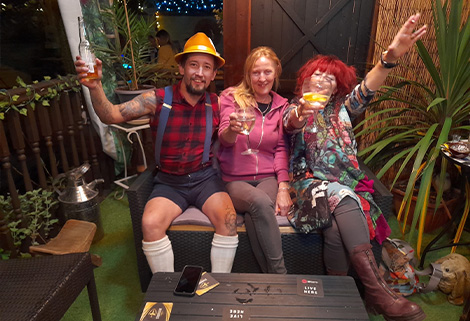
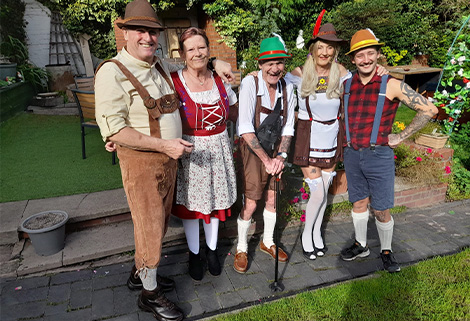
background
Debbie and Ben both hale from the North, and both are well experienced in the pub trade. Debbie is a fully qualified and experienced beautician, and Ben is a stone mason by trade, although he seems to be able to turn his hand to anything. And Debbie is always brim-full of projects for him to undertake!
One of the highlights in Debbie's career was when she ran both pub and beautician's practice in Cornwall. Plus she has run a bar out in Spain. At one time she travelled widely in France and Spain and when she returned, she decided to re-enter the pub trade, asking the breweries for a hotel. She got her hotel almost immediately, and with it, she found herself overseeing a total of 26 pubs.
A major turning point in Debbie's career followed. A serious accident resulted in her breaking her back in three places. A long convalescence resulted, during which Debbie had to learn to walk all over again. She had to abandon the high powered position she had held, and spent a few good months in hospital and then recuperating abroad.
Since getting together, Debbie and Ben have had pubs in various parts of the country including Bishop Auckland and Stourbridge. They managed to enjoy a few months touring in Europe and then eventually took over the Royal Exchange in July 2022.
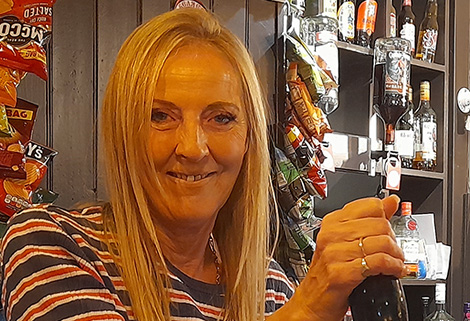

the pub
The pub interior is cosy but quite spacious. The main bar area has an alcove for darts, and there is a snug room which is almost, but not quite separate from the main bar. There are log fires in the winter, and there is a covered smoking / seating area outside which is very popular all year round, especially as it has three hanging heaters and curtains to keep everyone cosy.
As you would expect with a Marston's pub, there is a good selection of lagers, ciders and a whole selection of real ales for the connoisseur. The top shelves seem to be very well stocked, and Debbie, with her knowledge of good wines, will be sure to serve you the best.
There are no dining facilities at the pub, but on quiz nights and other special occasions, Debbie and her staff will put on a jolly amount of sandwiches or other delicious buffet foods.
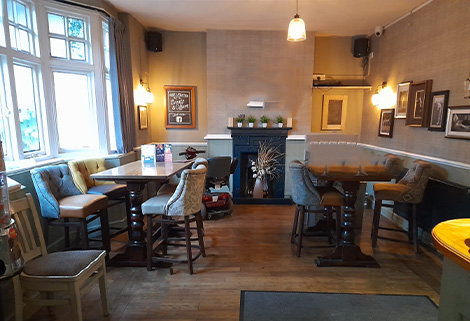
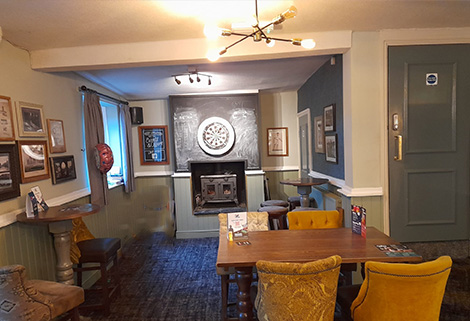
the garden
The gardens, both front and back, are Debbie and Ben's greatest achievement. Debbie of course has the ideas, and Ben carries out her instructions. It is Ben who built all the raised beds to the front and rear.
The covered outdoor area is the most popular area of the pub, in both summer and winter. It is not far from the bar, has a good view of the stage and the garden, and for colder days there is very ample heating.
The couple have built a stage area, which doubles up as a cosy seating area when no one is performing. Full of hanging baskets, it is an extension of the garden.
They have also built a BBQ area, with an outdoor oven and a raised fire pit.
They have thought of everything, so when events are on, the uncovered part of the garden has a giant canopy. The show will always go on!
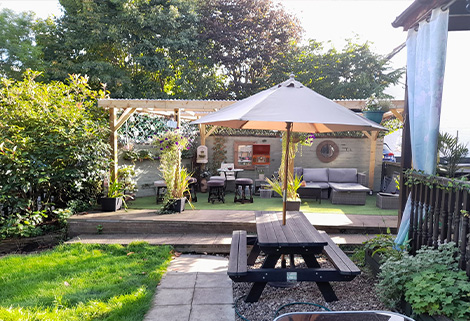
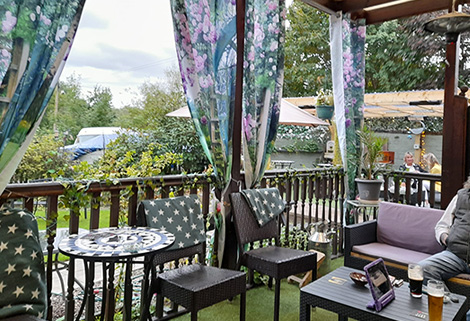
what's on
The pub is never without live entertainment for very long. With individual artists and groups, plus special events like the 'Rock and Royal' festival, or the Cheese and Wine party.
They also have a quiz night, a real ale night and a cocktails evening. Plus they have loads of ideas for future events, so well worth keeping a watchful eye out. For those sports lovers out there, there is plenty of 'Live Sport' to watch on large TVs with your mates.
Debbie and Ben are always prepared to take part in events themselves - hence the beer fest outfits sported in some of the accompanying photos. Debbie has the reputation for being unable to sit still for more than two minutes. They are a very welcoming couple who have spread their friendliness through their customers, so that any boater, whether holiday maker, part time cruiser or well seasoned live aboard, will find him or herself welcomed by staff and punters alike.

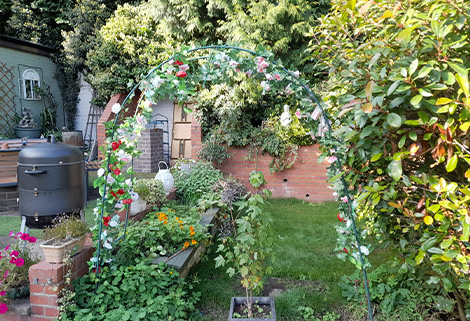
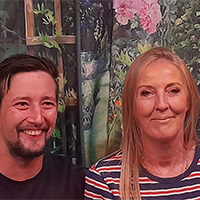
This has to be a pub that has to be well worth visiting. Ben and Debbie are fun loving and welcoming, but have a pub that is well run in every particular. We have always felt accepted and have been amazed at how friendly the regular customers have been toward us. And with all of their ideas for the future, definitely a pub to watch!
You can follow Debbie and Ben on Facebook

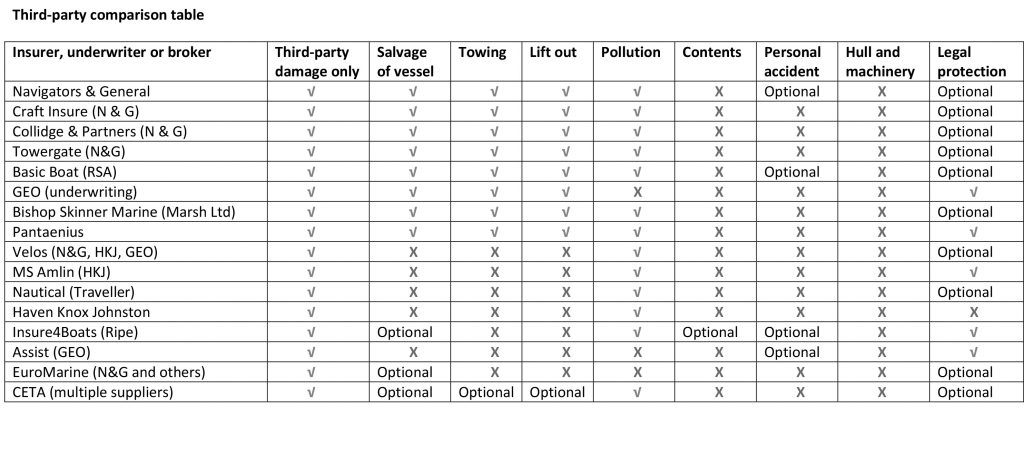 RCR and its subsidiary, Canal Contracting, respond to hundreds of incidents resulting in insurance claims every year and regularly witness insurance policies failing to meet customer expectations and variations in insurer claims handling. Its Incident Care team helps boaters manage insurance claims and reduce risks following an emergency – call 01785 785680 to find out more.
RCR and its subsidiary, Canal Contracting, respond to hundreds of incidents resulting in insurance claims every year and regularly witness insurance policies failing to meet customer expectations and variations in insurer claims handling. Its Incident Care team helps boaters manage insurance claims and reduce risks following an emergency – call 01785 785680 to find out more. Chris Upton was born in Northumberland but was brought up on Mersea Island, Essex. He says that the island, with its tides, mud and warm Essex weather was an idyllic place in which to grow up and he remembers seemingly endless summers of picnics on the islands of the Blackwater and Colne estuaries. His mother taught him to swim in the
Chris Upton was born in Northumberland but was brought up on Mersea Island, Essex. He says that the island, with its tides, mud and warm Essex weather was an idyllic place in which to grow up and he remembers seemingly endless summers of picnics on the islands of the Blackwater and Colne estuaries. His mother taught him to swim in the